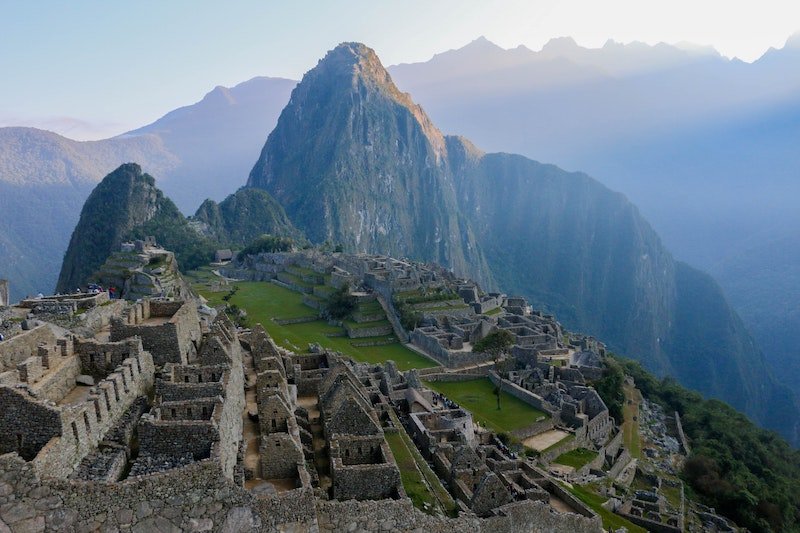Machu Picchu is a destination that guards many mysteries. Even before the site’s rediscovering the sole existence of this modern world wonder was put into question. By the time that Bingham was after the trace of this citadel, he thought that he had unveiled the last Inca bulwark, Vilcabamba, how wrong he was. Today’s topic will go through the many mysteries that are present and were in this magnificent destination. Discover 5 secrets of Machu Picchu.
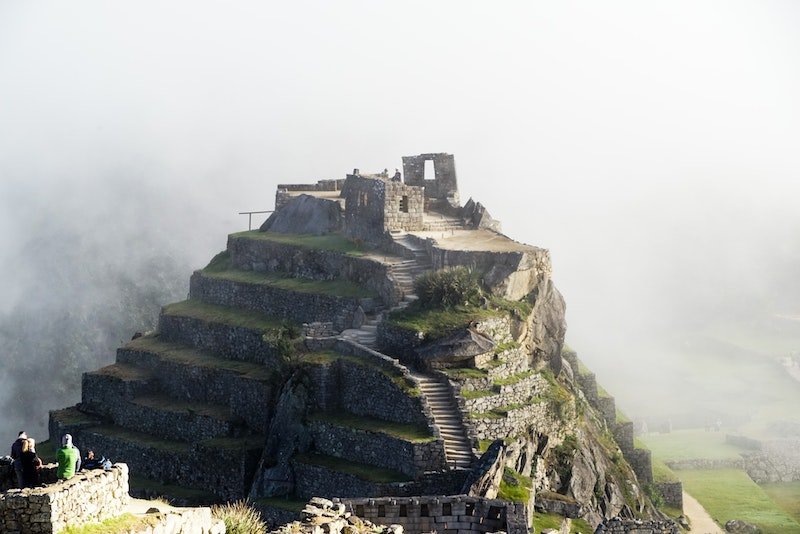
Machu Picchu was mistaken as the Lost City of the Incas.
When Yale University’s explorer Hiram Bingham re-discovered Machu Picchu in 1911, he was trying to trace Vilcabamba back. Vilcabamba was a hidden Inca capital that served as an the last inca town after the Spanish conquest, here the dinasty known as the “Incas of Vilcabamba” surged and finally faded when the last Inca descendant Tupac Amaru I got caught and was eventually executed in Cusco’s Main Square, marking the end of an era for the culture that eventually merged with the western European civilization’s one.
Although Hiram Bingham III worked hard to prove that Machu Picchu is the Lost City of the Incas. He was clearly mistaken because the actual Vilcabamba was discovered in 1964 by Gene Savoy, known as Espiritu Pampa during the time.
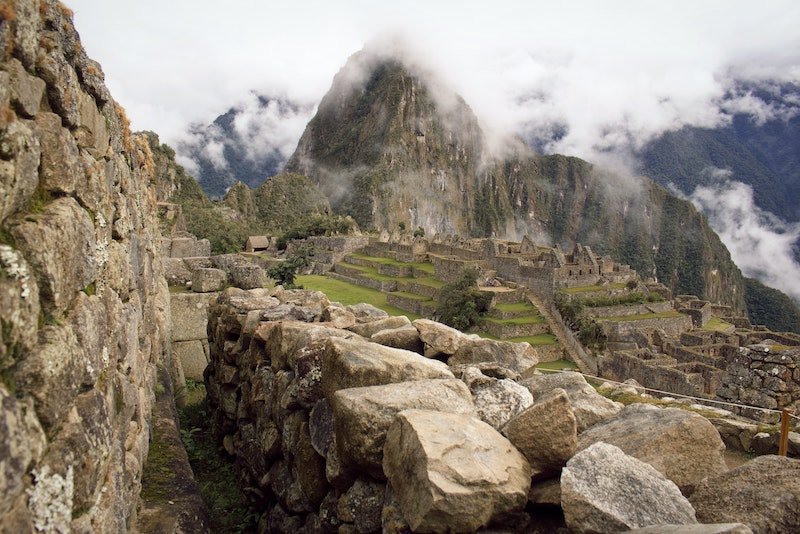
Machu Picchu is mostly underground.
Most of us are amazed by how well the engineering operations and architectural designs in Machu Picchu have been handled. Everything is particularly impressive given that the Incas constructed it all without the use of metal frameworks, wheels, or cement. But did you know that most of Machu Picchu are underground?
According to engineer Kenneth Wright, 60% of the construction at Machu Picchu was done underground. The deep building structures were made of crushed rocks, because the main goal was to get proper drainage with the heavy rainfall.
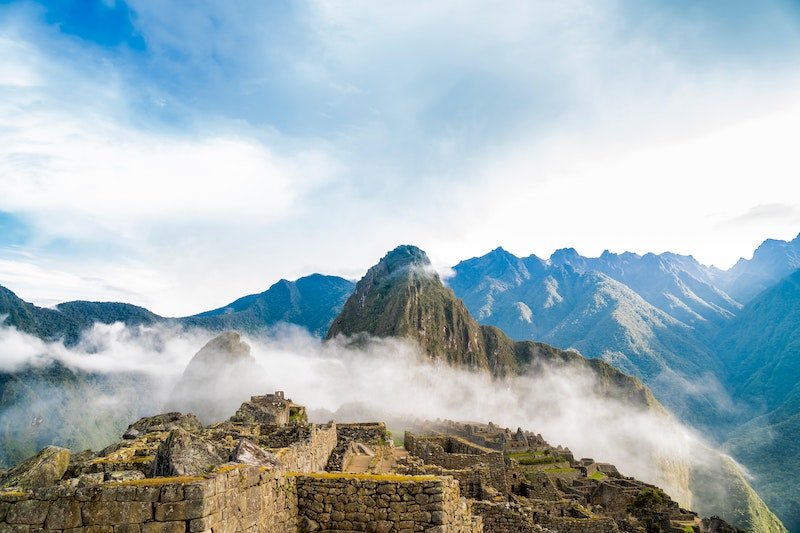
Machu Picchu is resilient to earthquakes.
Another of Machu Picchu’s secrets is that it is extremely resilient to earthquakes. This was made possible by an ancient Inca engineering technique known as “ashlar masonry,” which was used to perfectly fit together rocks without the use of mortar.
With this method, not even a very thin card can be inserted between these rocks, but it is said that during earthquakes, these rocks seem to “dance,” or wobble through the aftershocks before returning to their original positions.
Machu Picchu has a hidden museum.
When you visit Machu Picchu, you will be surprised at how little information there is about the Inca ruins! So how can you learn about its incredible history, let alone how this Incan city was built?
You can find the answer at Museo de Sitio Manuel Chávez Ballón, this museum conmemorates one of the principal restorers that took the labour of restoring the citadel to its antique glory, he got help from many itinerant visitors during the 70’s decade and other professionals that were intrigued by this well preserved Inca ruins.
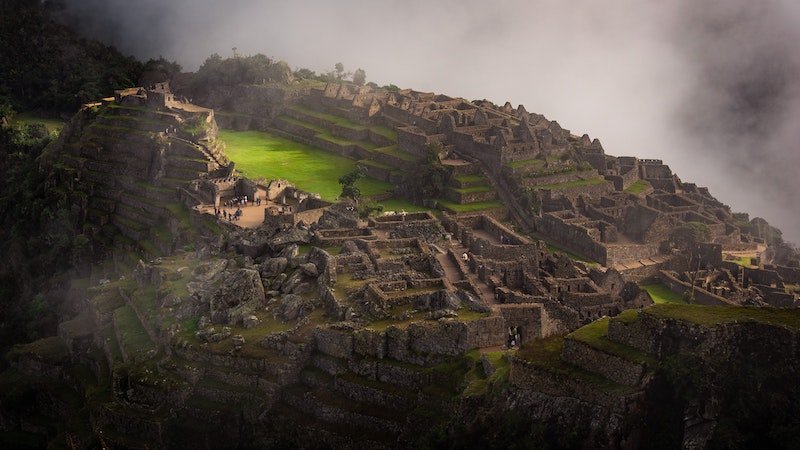
Machu Picchu is thought to be part of a pilgrimage.
The trip to Machu Picchu must have been a pilgrimage, according to Italian archaeo-astronomer Giulio Magli! He goes on to say that rather than allowing people to travel through the less picturesque Urubamba River. The Incas wanted to incorporate something stunning and fulfilling into the pilgrimage, which is why they built the Inca Trail, which provided access to the glorious Machu Picchu.
The hike up to the Intihuatana Stone, the highest point in the ruins, is also thought to be the highlight of the pilgrimage.


